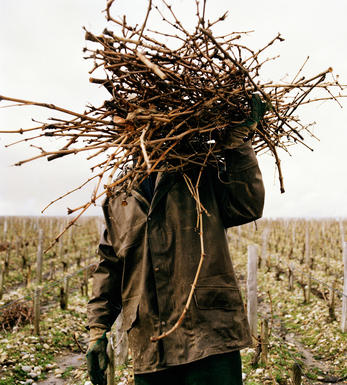
Critics reviews
Burghound.com - Issue# 49
About this WINE

Domaine Perrot-Minot
Christophe Perrot-Minot took over from his father Henri in 1993. Part of the estate stems from the acquisition of Domaine Pernin-Rossin in 2000 while the remainder comes down from maternal grandfather Merme, which explains the similarity of holdings to Domaine Taupenot-Merme over the road. In addition to the domaine wines listed below, various other vineyards, most notably the various grands crus of Gevrey-Chambertin, are made from purchased grapes under the same label but without the word ‘domaine’.
The winemaking begins with exceptionally vigorous sorting of the grapes, first in the vineyard and then on two tables de tri. The grapes are destemmed before one week of cool pre-maceration, followed by fermentation with pumping over preferred to punching down, especially for the more fine-boned appellations such as Chambolle-Musigny. Maturation takes place over 12 to 14 months without racking, in barrels from the Tronçais and Allier forests supplied by tonnellerie Rémond, with 25 per cent new wood for village wines, 40 per cent for premiers crus and 50 per cent for the grands crus.
Two of the premiers crus, Chambolle-Musigny Combe d’Orveau and Nuits-St-Georges La Richemone come in regular vieilles vignes and ‘ultra’ versions from exceptionally ancient vines.
Jasper Morris MW, Burgundy Wine Director and author of the award-winning Inside Burgundy comprehensive handbook.

Pinot Noir
Pinot Noir is probably the most frustrating, and at times infuriating, wine grape in the world. However when it is successful, it can produce some of the most sublime wines known to man. This thin-skinned grape which grows in small, tight bunches performs well on well-drained, deepish limestone based subsoils as are found on Burgundy's Côte d'Or.
Pinot Noir is more susceptible than other varieties to over cropping - concentration and varietal character disappear rapidly if yields are excessive and yields as little as 25hl/ha are the norm for some climats of the Côte d`Or.
Because of the thinness of the skins, Pinot Noir wines are lighter in colour, body and tannins. However the best wines have grip, complexity and an intensity of fruit seldom found in wine from other grapes. Young Pinot Noir can smell almost sweet, redolent with freshly crushed raspberries, cherries and redcurrants. When mature, the best wines develop a sensuous, silky mouth feel with the fruit flavours deepening and gamey "sous-bois" nuances emerging.
The best examples are still found in Burgundy, although Pinot Noir`s key role in Champagne should not be forgotten. It is grown throughout the world with notable success in the Carneros and Russian River Valley districts of California, and the Martinborough and Central Otago regions of New Zealand.



Buying options
Add to wishlist
Description
A gorgeously elegant and perfumed nose of pure essence of red cherry liqueur is laced with spice and earth nuances, both of which can also be found on the equally pure and sophisticated middle weight flavors that culminate in a naturally sweet, balanced and intense finish where an interesting note of menthol appears.
Burghound.com - Issue# 49
wine at a glance
Delivery and quality guarantee